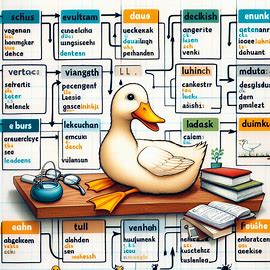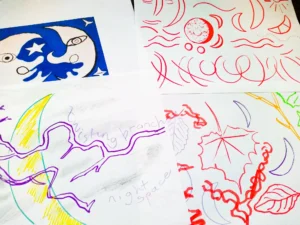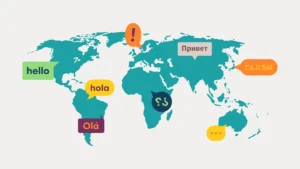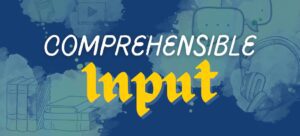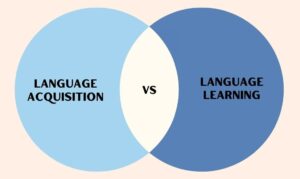Language Acquisition
Recently, Pat Brown and I had a featured article in the Spring 2024 issue of ACTFL’s of ‘The Language Educator’. I know that some do not have access to the article, so I wanted to share a summary of the article and our contribution to language learning and acquisition. The “Explore-Before-Explain” Instructional Sequence The “Explore-Before-Explain”…
Read MoreI wanted to run this by German language educators and learners and get your thoughts. (See below.) As I was looking for a Eselsbrücke (donkey bridge), to help German students with present tense, regular verb conjugation. Despite receiving a healthy amount of input, I notice that (some) of my students need – and ask for…
Read MoreA recently posted on an activity called “Read, Draw, and Discuss“. After incorporating this activity, I started incorporating whiteboards and drawing more often in my classes at all levels. (I will post more on how I incorporated them later. So, check back!) I originally did it, because my students enjoy it and are more engaged…
Read MoreAs language educators, we know that reading in the target language is crucial for language development (both in the L1 and L2). We also know that we have choices about what we choose to read in the classroom. This includes, level-appropriate readers, authentic texts, graphic novels, etc. With these choices also comes the discussion about…
Read MorePat Brown and I recently had our article “Exploring Before Explaining in World Languages” published in Edutopia – George Lucas Educational Foundation. https://www.edutopia.org/article/using-patterns-teach-world-languages Our article introduces the concept of “explore-before-explain” teaching in world language classrooms, aiming to redefine the roles of teachers and students, enhance student agency, and address the complex standards set by the…
Read MoreWe will wrap up our series on “SLA-Speak” by looking at “Comprehensible Input”. Note: This is the fifth and (possibly) final post in the series. What is “Comprehensible Input”? Comprehensible Input (CI) is a concept in language learning that refers to language input. The language input received by the language learner is just challenging enough…
Read MoreContinuing our series on “SLA-Speak”, we’ll now look at the “Affective Filter”. Note: This is the fourth post in the series. What is the “Affective filter”? The Affective Filter is a concept in language learning. It is like a mental gate that can either open or close while you’re learning a language. In other words,…
Read MoreContinuing our series on “SLA-Speak”, we’ll now look at “Fluency” vs. “Accuracy”. Note: This is the third post in the series. Fluency and accuracy are two important aspects of language proficiency. Let’s take a look at the difference between them: Fluency: Accuracy: Key Differences: Briefly stated, both fluency and accuracy are essential for effective communication…
Read MoreContinuing our series on “SLA-Speak”, we’ll now look at “Acquisition vs. Learning”. Note: This is the second post in the series. Acquisition and Learning are two distinct processes involved in Second Language Acquisition (SLA), as proposed by linguist Stephen Krashen. Let’s take a closer look at the differences between these two terms: Acquisition: Learning: Key…
Read MoreAs a language educator, I find myself talking to others about SLA (Second Language Acquisition). I also find that I use terms, definitions, and acronyms that are unfamiliar to the other person, or perhaps the other person has a different idea what the term means. So, I thought it would be a good time to…
Read More
